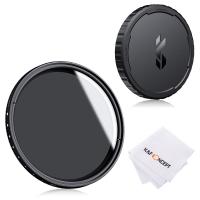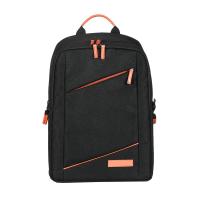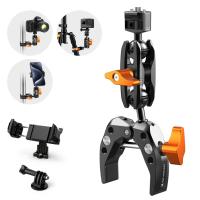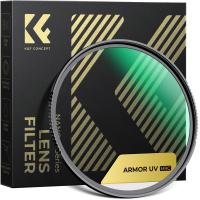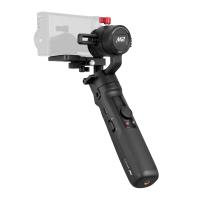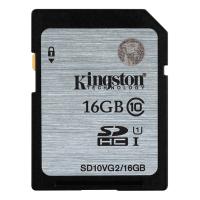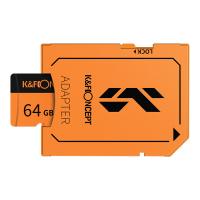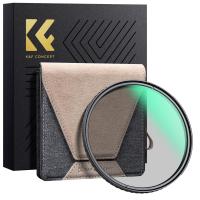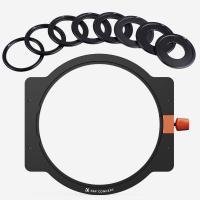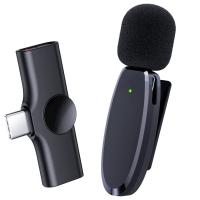How To Apply Camera Raw Filter?
In the realm of digital photography and image editing, the Camera Raw filter is an indispensable tool for photographers and graphic designers alike. This powerful feature, available in Adobe Photoshop, allows users to make extensive adjustments to their images, enhancing their quality and bringing out the best in every shot. Whether you are a seasoned professional or a budding enthusiast, understanding how to apply the Camera Raw filter can significantly elevate your editing skills. In this article, we will delve into the step-by-step process of using the Camera Raw filter, explore its various functionalities, and provide practical tips to maximize its potential.
.jpg)
Understanding Camera Raw
Before diving into the application process, it is essential to understand what Camera Raw is and why it is so valuable. Camera Raw is a file format that contains unprocessed data from a digital camera's image sensor. Unlike JPEG or PNG files, which are compressed and processed, Raw files retain all the original data, providing greater flexibility for post-processing. The Camera Raw filter in Photoshop allows you to edit these Raw files directly, giving you control over various aspects such as exposure, white balance, contrast, and more.
Step-by-Step Guide to Applying the Camera Raw Filter
Step 1: Open Your Image in Photoshop
To begin, launch Adobe Photoshop and open the image you wish to edit. If your image is already in Raw format, it will automatically open in the Camera Raw interface. However, if you are working with a JPEG or PNG file, you will need to manually apply the Camera Raw filter.
Step 2: Convert to Smart Object (Optional but Recommended)
Before applying the Camera Raw filter, it is advisable to convert your image layer into a Smart Object. This allows for non-destructive editing, meaning you can make changes without permanently altering the original image. To do this, right-click on the image layer in the Layers panel and select "Convert to Smart Object."
Step 3: Apply the Camera Raw Filter
With your image layer selected, navigate to the top menu and choose Filter > Camera Raw Filter. This will open the Camera Raw interface, where you can begin making adjustments.
Step 4: Adjust Basic Settings
The Camera Raw interface is divided into several panels, each offering different adjustment options. The Basic panel is where you will find the most commonly used settings:
- Exposure: Adjust the overall brightness of your image.
- Contrast: Increase or decrease the difference between the light and dark areas.
- Highlights: Recover details in the bright areas.
- Shadows: Bring out details in the dark areas.
- Whites: Adjust the brightest parts of the image.
- Blacks: Adjust the darkest parts of the image.
- Clarity: Enhance midtone contrast for a more defined look.
- Vibrance: Increase the intensity of muted colors.
- Saturation: Adjust the overall color intensity.
Step 5: Fine-Tune with Additional Panels
Beyond the Basic panel, the Camera Raw filter offers several other panels for more precise adjustments:
- Tone Curve: Fine-tune the tonal range of your image using curves.
- Detail: Sharpen your image and reduce noise.
- HSL/Grayscale: Adjust the hue, saturation, and luminance of individual colors.
- Split Toning: Add color tones to the highlights and shadows.
- Lens Corrections: Correct lens distortions and chromatic aberrations.
- Effects: Add vignetting or grain to your image.
- Calibration: Adjust the color profile of your image.
Step 6: Use Local Adjustments
In addition to global adjustments, the Camera Raw filter allows for local adjustments using tools such as the Adjustment Brush, Graduated Filter, and Radial Filter. These tools enable you to target specific areas of your image for more precise editing.
- Adjustment Brush: Paint over areas to apply adjustments selectively.
- Graduated Filter: Apply adjustments gradually across a linear gradient.
- Radial Filter: Apply adjustments within an elliptical area.
Step 7: Save and Apply Changes
Once you are satisfied with your adjustments, click the "OK" button to apply the changes and return to the main Photoshop workspace. If you converted your layer to a Smart Object, you can double-click the Camera Raw filter in the Layers panel to re-open the interface and make further adjustments at any time.
Practical Tips for Using the Camera Raw Filter
Tip 1: Start with a Good Exposure
While the Camera Raw filter can correct exposure issues, it is always best to start with a well-exposed image. Aim to capture your photos with the correct exposure settings to minimize the need for drastic adjustments.
Tip 2: Use the Histogram
The histogram is a valuable tool for assessing the tonal range of your image. It provides a visual representation of the distribution of tones, helping you identify areas that may be overexposed or underexposed.
Tip 3: Make Subtle Adjustments
When using the Camera Raw filter, it is easy to get carried away with the various adjustment options. However, subtle changes often yield the best results. Avoid over-processing your image, as this can lead to unnatural and unrealistic outcomes.
Tip 4: Utilize Presets
If you find yourself making similar adjustments to multiple images, consider creating and saving presets. Presets allow you to apply a set of predefined adjustments with a single click, streamlining your workflow and ensuring consistency across your edits.
Tip 5: Experiment with Local Adjustments
Local adjustments can significantly enhance your images by allowing you to target specific areas. Experiment with the Adjustment Brush, Graduated Filter, and Radial Filter to achieve more precise and creative edits.
The Camera Raw filter is a powerful and versatile tool that can transform your images and elevate your editing skills. By understanding its various functionalities and following the step-by-step process outlined in this article, you can make the most of this feature and achieve stunning results. Remember to start with a good exposure, use the histogram, make subtle adjustments, utilize presets, and experiment with local adjustments. With practice and experimentation, you will become proficient in using the Camera Raw filter, unlocking new possibilities for your photography and image editing endeavors.






